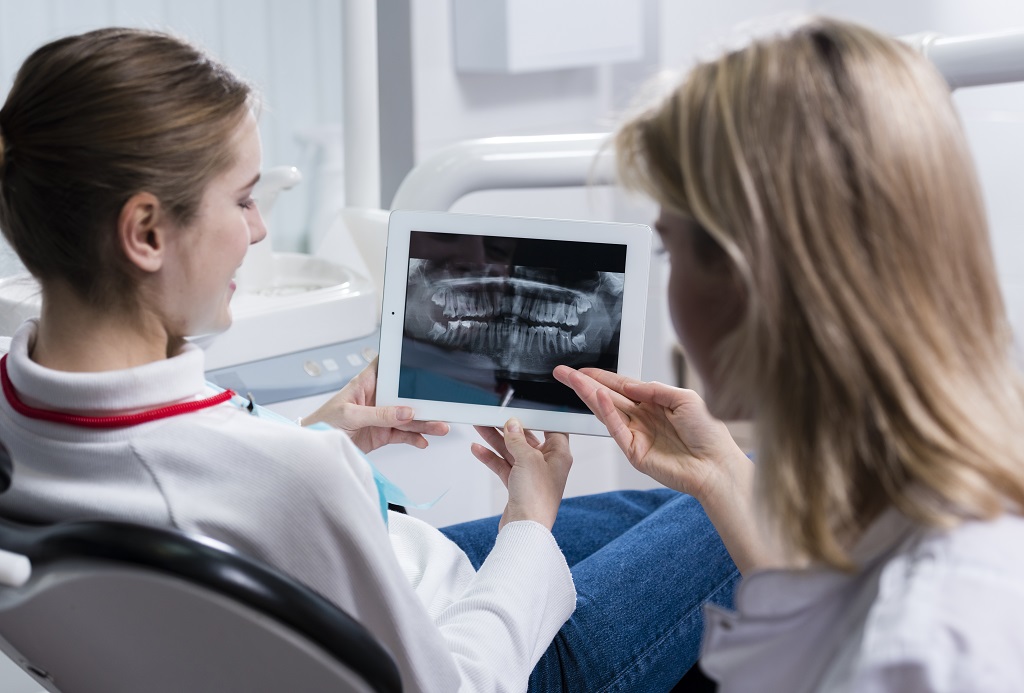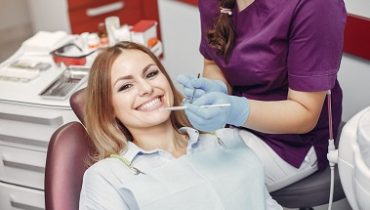
Botox in dentistry and how can be used ?
Celebrities swear by it, many papers have written about it, everyone is talking about it – a popular non-invasive body modification procedure that has contributed to fulfill the picture-perfect obsession of this modern world, Botox.
Botox is popular in the cosmetic industry today because of how wide-ranging and proficient its application can be. It can get rid of fine lines to take a few years off of your appearance or eliminate ‘crow’s feet’ to lessen wrinkles when you smile. A lot of the people, when asked, will tell you that botox is all but a dental procedure. But in fact, Botox in dentistry has a huge consumer! Besides the aesthetic benefits of botox, the true functionality of Botox in dentistry goes much beyond.
What is Botox?
Medical News Today informs that botox is a chemical compound artificially extracted from the bacterium, Clostridium botulinum. This neurotoxin, when injected into the desired muscle, attaches to the nerve endings that control that muscle. Over the course of the next couple of days, the toxin actively blocks the transmission of nerve signals that command the muscle to begin contraction. By a transient temporary weakening of their ability to forcibly contract, they reduce the appearance of wrinkles or any creasing on the skin surface. Botox only works on the motor nerves of the muscles and does not impact the sensory aspect – the receptors of which help you feel pain, touch, and temperature.
Thus, treatment with botox is more of a palliative approach rather than a curative one as the nerve signal blockade lasts only for a limited period of time. A one-time botox treatment lasts for about three to four months when the effects slowly start to subside. It can be reinjected after this duration if desired.
Botox in dentistry

The use of botox in dentistry feeds into a cosmetic niche that has an aesthetic fixation. The strains of botox used in dentistry have been cleared by the US Food and Drug Administration (FDA) and are essentially safe to use under doctor’s specifications. With the use of Botox in cosmetic dentistry gaining rapid momentum, our team at 4Smile brings you various applications of Botox that appeal to your dental demands.
- Botox for Correction of Parafunctional Clenching
The hypertrophy of the masseter (cheek) and the temporalis (side of the head) muscles can generally be associated with abnormal parafunctional use of the jaws like clenching and grinding, excessive gum chewing, and non-nutritive sucking.
Bruxism is the excessive grinding of the teeth surfaces that can cause the wear of the enamel. This condition can be associated with harsh jaw clenching, turbulent waves of headaches due to unrestrained clenching, and even facial pain.
According to a review published by the Journal of International Oral Health (JIOH), botox has been successful in correctively treating bruxism and all of its correlated symptoms. For patients who have not obtained relief from splint or appliance therapy, Botox surprisingly was documented to have significantly reduced the severity of the symptoms as early as 6 weeks of injection! By injecting small doses of Botulinum Toxin (BT) into the masseter muscle, the clenching and grinding can be stopped temporarily and is also effective in treating chronic facial pain associated with masticatory hyperactivity.
- Botox in Treatment of Myogenic Temporomandibular Disorders
Temporomandibular disorders include a variety of jaw-related ailments that may include clenching and grinding in bruxism, tension, and immobility in trismus, myofascial pain, and headaches associated with clenching.
Botox can be used as an alternative treatment technique to temporarily manage temporomandibular disorders and may relieve symptoms associated with it. When injected into the facial muscles affiliated with the jaw, tension, and pain are eliminated.
- Botox for Headaches
Excessive clenching of the jaw can cause bilateral headaches. In patients who have had a history of migraines or headaches that occur in clusters, a notable improvement of their condition after the administration of botox has been seen.
If you undergo botox treatment for headaches, your doctor typically administers multiple doses of the BT injection into specific points along the bridge of the nose, your temples, your forehead, the back of the head, and your upper back. They may be injected once every three months depending on your response to Botox.
- Botox for Gummy Smile
If you habitually curl your upper lip under or raise it high enough to expose your front teeth when you smile, you may self-diagnose your smile as a gummy smile. If a smile with fuller gums encroaching on the teeth isn’t your ideal style of a smile, you may want to get it fixed. With the botox treatment, you can now get your lips to relax and your smile to appear less gummy, creating a much-balanced grin.
When a patient has a gummy smile, one or two units of Botox are injected in the upper lip (near the bottom of the nose) where the muscle responsible for lifting the upper lip is present. Once the Botox is dispersed throughout the muscle, it loses tension and relaxes, causing the gummy smile to be hidden.
Not only can Botox rejuvenate an aging face, but it can also revive a debilitated mouth. You can improve your symptoms and get a brilliant smile while at it. As a caveat, it is always important for the dental professional to administer Botulinum Toxin in the safest way possible and with proper precaution in order to ensure great results and minimal invasiveness. In essence, Botox is a transcendent procedure that has been shown to have many benefits and qualities that are best crafted for your smile. 4Smile thinks it is important to hammer home that everyone can get the beautiful smile they desire. Get a youthful and evergreen smile with 4Smile.




